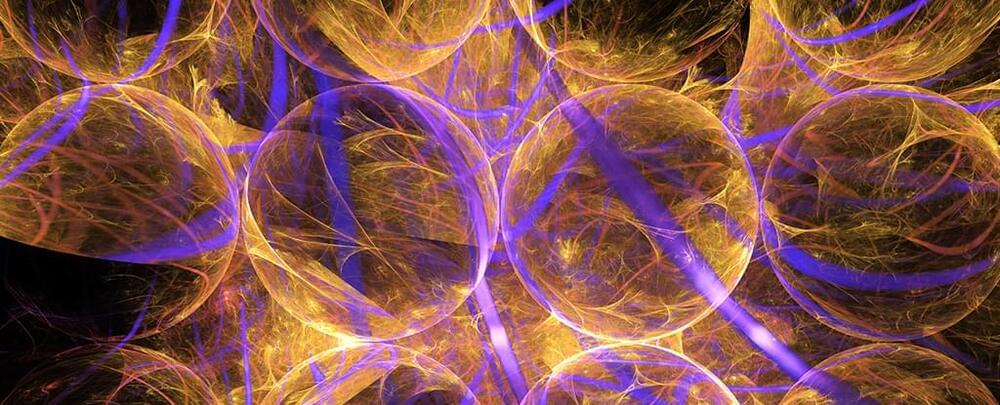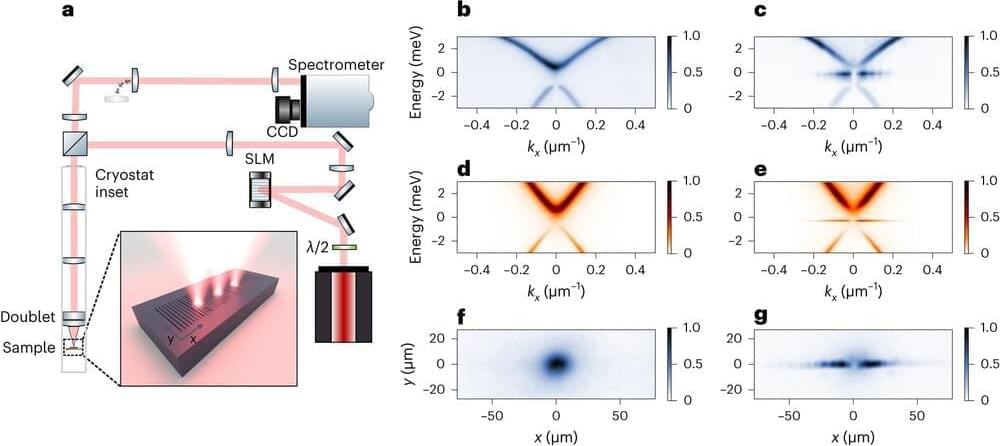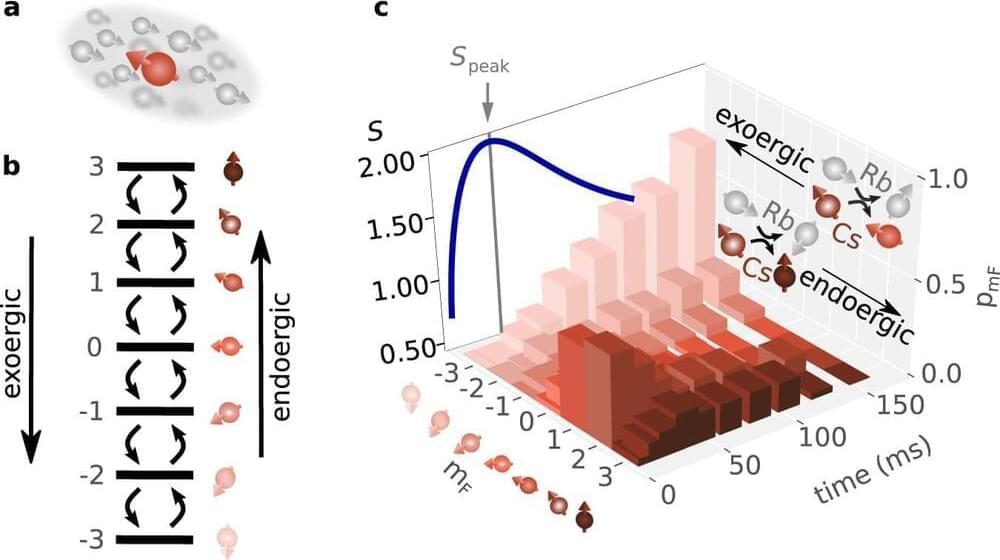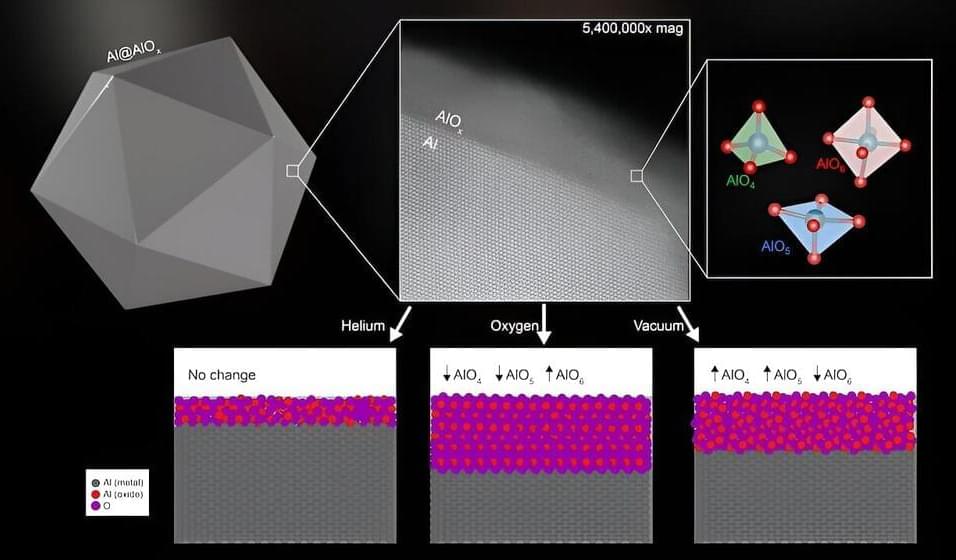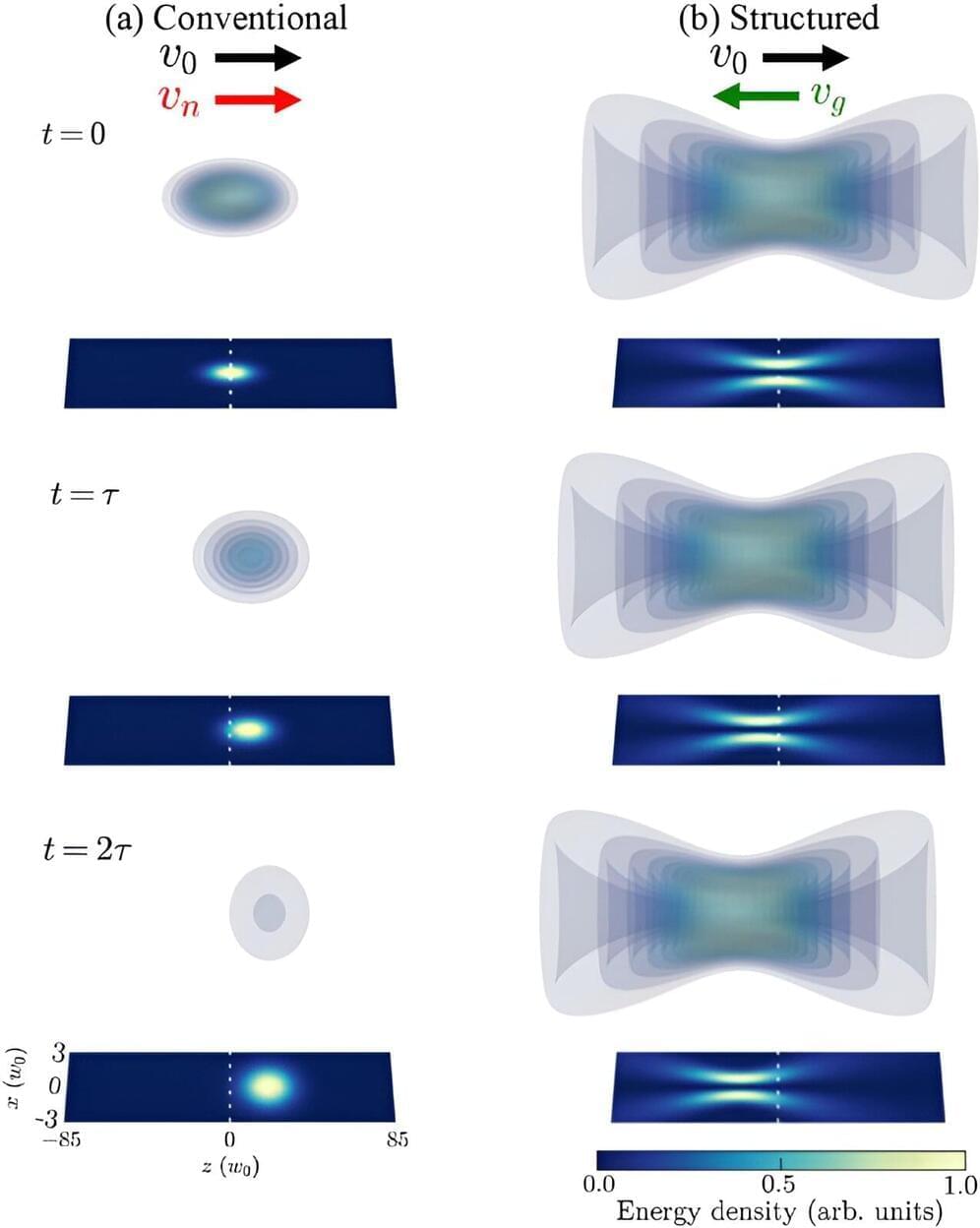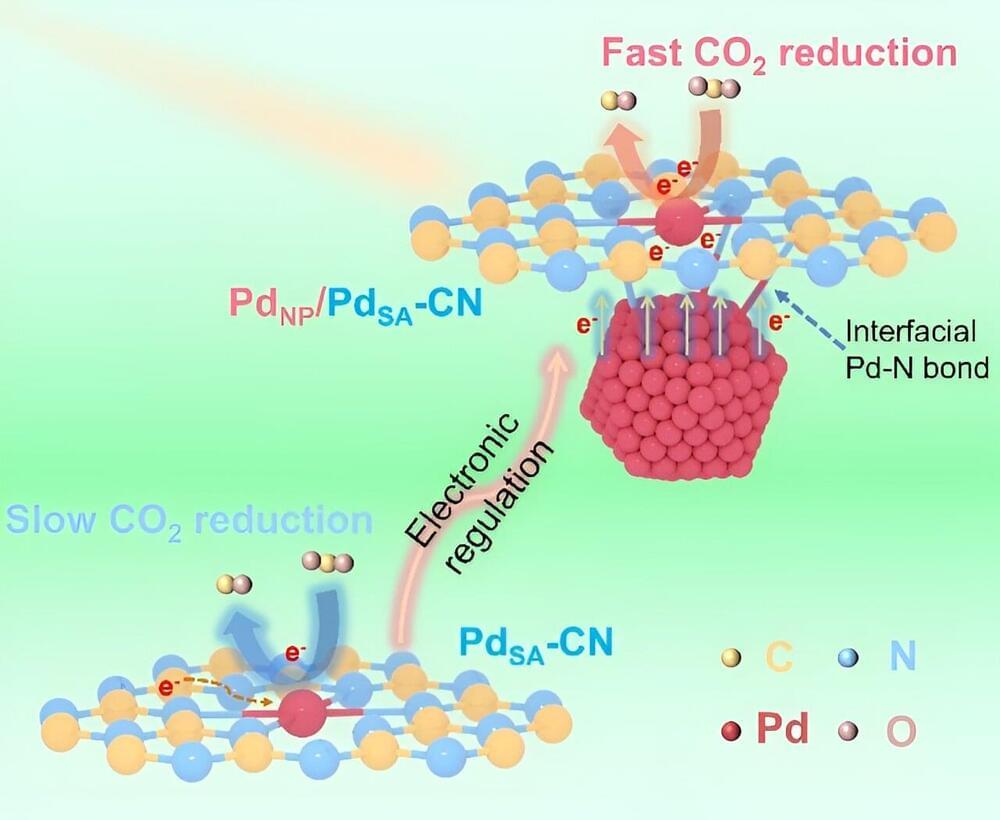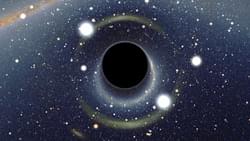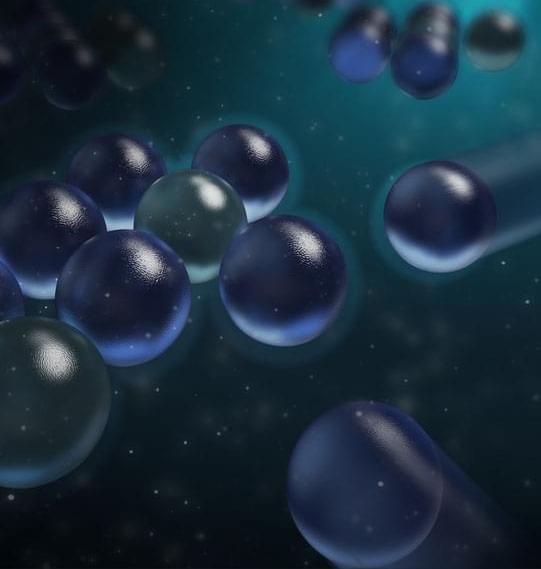Quantum traffic laws applied to the 3D streetscape of a specific kind of crystal can put the brakes on electron rush hour.
In a search for novel materials that can contain bizarre new states of matter, physicists from Rice University in the US led an experiment that forced free-roaming electrons to stay in place.
While the phenomenon has been seen in materials where electrons are constrained to just two dimensions, this is the first time it’s been observed in a three-dimensional crystal metal lattice, known as a pyrochlore. The technique gives researchers a new tool for studying the less conventional activities of plucky, charge-carrying particles.
